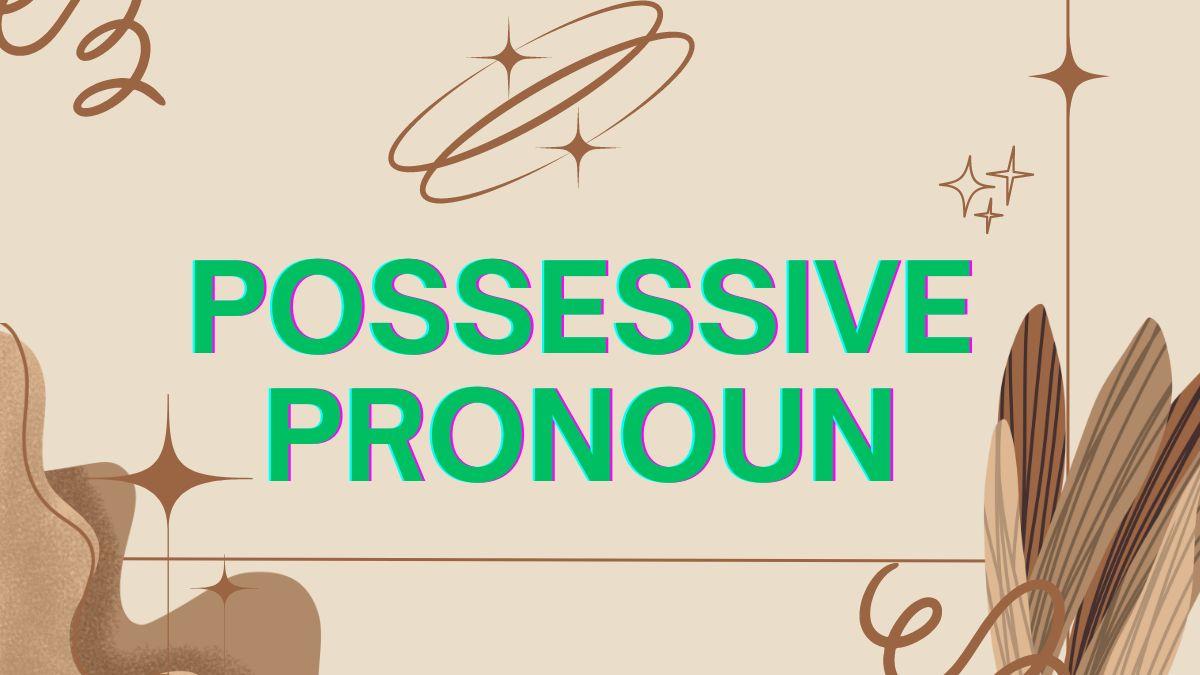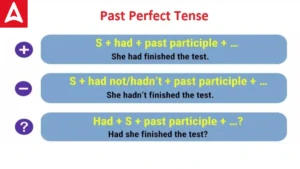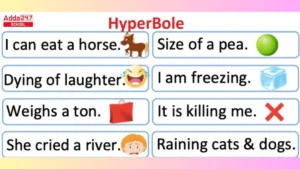Possessive Pronoun
A possessive pronoun is a kind of pronoun that shows ownership or possession of someone or something. As you all have studied a pronoun is a word which is used in the place of a noun to avoid the repetition of a noun same as a possessive pronoun is a kind of pronoun which is used to avoid the repetition of a noun phrase. In this article, we will learn the following:
What is a Possessive pronoun?
A possessive pronoun is a type of pronoun that tells you the ownership or possession of something or someone. It shows that it belongs to that particular person. A pronoun of possessive type replaces a noun or a noun phrase to avoid repetition. Some examples of these special type of pronouns are hers, theirs, yours, ours, mine.
Possessive pronoun: Definition
A pronoun derives from a personal pronoun, shows possession, and compares relationships (as in ‘This laptop is mine’, the word mine is showing the possession or telling that the laptop belongs to me). A possessive pronoun never takes an apostrophe.
How to use Possessive pronouns in Sentences?
A possessive noun can generally be used by adding apostrophe ‘s’ but to use a possessive pronoun, apostrophe ‘s’ will not be added instead there are some other words related to personal pronouns which are used to show possession.
Let us learn more about these special pronouns of English Grammar with the following table:-
| PERSONAL PRONOUN | POSSESSIVE PRONOUN |
| I | MINE |
| YOU | YOURS |
| HE | HIS |
| SHE | HERS |
| THEY | THEIRS |
| WE | OURS |
Like:-
- For the personal pronoun ‘I’, ‘mine’ would be used.
For example:- To show that ‘I have my house’ we can say that ‘This house is mine.’
- For the personal pronoun ‘you’, ‘yours’ would be used.
For example:– To show that ‘My dress is more beautiful than your dress.’ we can say ‘My dress is more beautiful than yours.’
- For the personal pronoun ‘we’, ‘ours’ would be used.
For example:– To show that ‘This beautiful palace belongs to us’ we can say ‘This beautiful palace is ours.’
- For the personal pronoun ‘he’, ‘his’ would be used.
For example:- To show that ‘John owns a red car so this is John’s car’ we can say ‘John owns a red car so this car is his.’
- For the personal pronoun ‘she’, ‘hers’ would be used.
For example:- To show that ‘The ring belongs to her’ we can say ‘The ring is hers.’
- For the personal pronoun ‘they’, ‘theirs’ would be used.
For example:- To show that ‘The dance performance of the second group was more innovative than the fourth group.’
We can say that ‘The dance performance of the dance group was more innovative than theirs.’
- For the personal pronoun ‘it’, ‘its’ would be used.
For example:- To show that ‘The ring belongs to her’ we can say ‘The ring is hers.’
The difference between its and it’s
‘Its’ is generally a pronoun of possessive type or adjective(sometimes) of possessive type like hers, yours, while ‘it’s’ is a contraction of it is.
like:-
- It’s his bag.
- A computer can update its drive.
Possessive pronoun: Examples
Some pronoun examples or possessive type are given below.
- The cat is yours.
- The palace is theirs.
- The notebook is mine.
In the above examples ‘yours’ and ‘theirs’ are possessive pronouns as these words are showing ownership if we talk about the first sentence it is telling that “the cat belongs to you” and the second sentence is telling that “the palace belongs to them” and in the third one, the word ‘mine’ show the possession that the notebook belongs to me.
Differentiation Between Possessive Pronouns and Possessive Adjectives.
Possessive pronouns are used to replace nouns or noun phrases while a possessive adjective defines its following noun and indicates ownership.
Examples of pronouns of possessive type in a sentence is given hereunder:
1) The laptop on the table is his.
2) The palace on the corner is ours.
3) I think the cheese balls at the party were hers.
4) The phone that is ringing is yours.
5) The black dotted bookbag is mine.
Examples of possessive adjectives in a sentence:
1) My cup is on the table.
2) I think you forgot your water bottle.
3) The snake broke its eggs.
4) The kids missed their bus.
5) John left his ball at home.
Singular and Plural Possessive Pronouns.
If pronouns of possessive type refer to only one thing then it is singular. It includes the following:-
- Mine
- Yours
- Hers
- His
- Its
If possessive pronouns refer to more than a thing then it is plural. It includes the following:-
- Ours
- Theirs
- yours(sometimes)
Possessive Pronoun Exercise: Assess yourself.
Q.1 Underline the noun phrase in the following sentences and replace it with pronoun of possessive type.
- His hair was longer than her hair.
- I saw that her dog was smaller than their dog.
- Someone asked, “Is that dog your dog?”
- I replied, “Yes, he’s my dog”.
- His ribbon was big and the colour of the ribbon was blue.
Q.2 Fill in the blank with the proper possessive pronoun: mine, ours, his, hers, yours, its, theirs
- I paid for my shoes, so it is _______________ .
- Pick any of this chocolate. The choice is _______________ .
- This English book belongs to Kim. It is _______________ .
- All my brothers love outdoor games. Playing them is a favorite pastime of ______________ .
- We bought this palace together, so it is _______________ .
Answers:-
Q.1
- His hair was longer than hers.
- I saw that her dog was smaller than theirs
- Someone asked, “Is that dog yours?”
- I replied, “Yes, he’s mine”.
- His ribbon was big and its colour was blue.
Q.2
- mine
- yours
- his
- theirs
- ours
| Related Articles | |
| Relative Pronouns | Subject Pronouns |
| Demonstrative Pronouns | Interrogative Pronouns |
| Object Pronouns | Personal Pronouns |









 Vocabulary Words with Meaning and Senten...
Vocabulary Words with Meaning and Senten...
 Past Perfect Tense: Definition, Formula,...
Past Perfect Tense: Definition, Formula,...
 Hyperbole- Explanation, Definition, Exam...
Hyperbole- Explanation, Definition, Exam...









